Screen flickering on the Dell laptop is a fairly common occurrence—you can start experiencing it after a system upgrade, installing some applications, or physical damage to the laptop. Sometimes it can even happen without you making any apparent changes to the laptop.
The flickers can range from occasional flickers that don’t hide any content inside the screen to full glitching of the display that renders the screen unreadable.
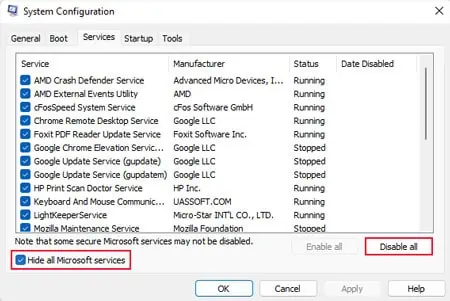
Such issues can happen due to software or hardware causes. So, the best way to deal with them is to get down to the probable causes and only then attempt to resolve them.
Determine the Nature of the Flicker
The first thing you need to do is to check in what situations the flickers occur to determine the nature of the issue and narrow down the potential causes.
If you don’t see the flickers on the Task Manager and the BIOS interface, a third-party program is causing some conflicts. You will need totroubleshoot in clean boot modeto figure out this program.
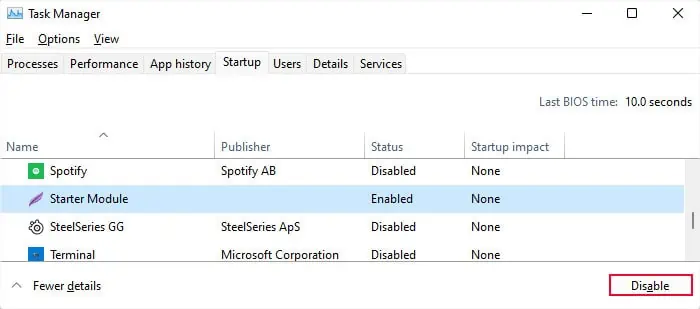
If you don’t see the flicker only on the external monitor and even your BIOS/UEFI screen keeps flickering, it indicates ahardware issue. Either you have a loose display connection between the screen and the motherboard, or the screen panel has some issues. In some cases, the GPU may not be working properly as well.
Other scenarios can occur due tocorrupt display drivers,RAM issuesandimproper refresh rateson your display.
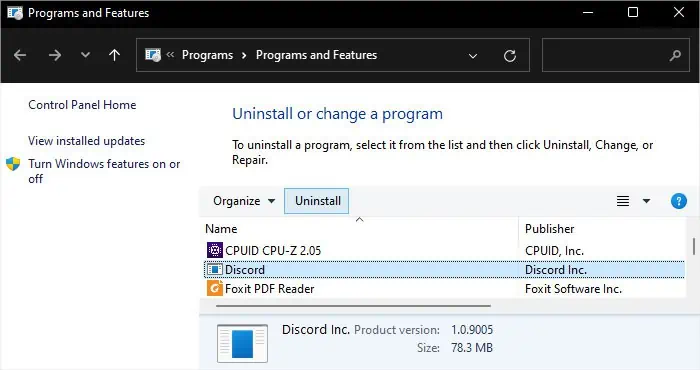
Troubleshoot in Clean Boot Mode
Some third-party processes like a few antivirus programs, iCloud, IDT Audio, LiveUpdate6, etc., have been known to cause flickering issues on a Dell laptop. You need to boot in clean mode and check each program one by one to determine which one is causing the conflict.
This way, you should be able to narrow down the problematic service or app. Then, you will need to keep these processes disabled oruninstall the root applicationto resolve the flickers. To uninstall the app,
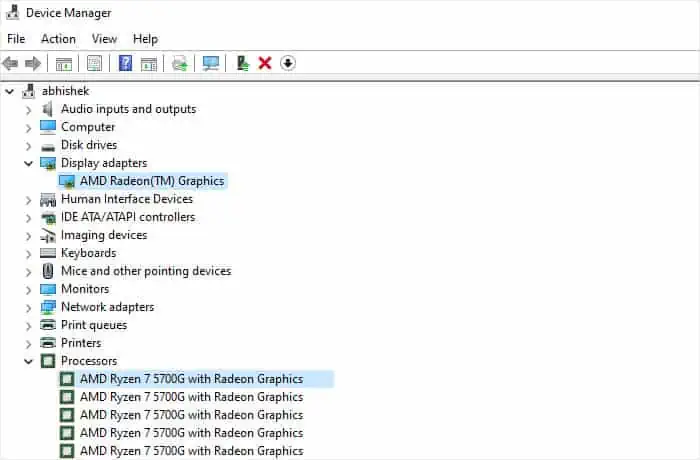
Troubleshoot Driver Issues
Errors in the display driver can also cause various display issues, including flickers, glitches, artifacts, or even a black screen. Incompatibility between the system and the device driver is also quite common if you just upgraded your OS to a recent build.
You need toupdate the driveror reinstall it to resolve such errors. It’s best to install the latest version through the official website’s installer to perform both tasks at the same time.
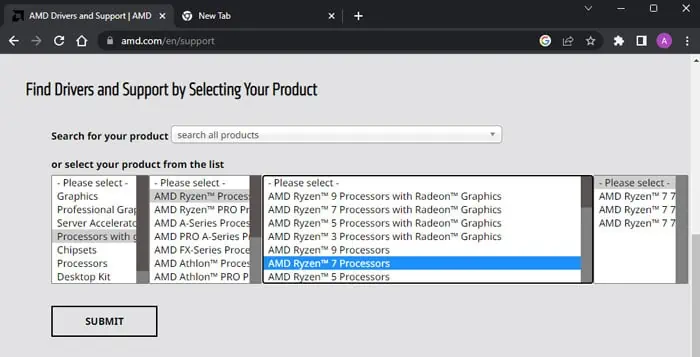
If the BIOS interface doesn’t show any flicker, you can also tryuninstalling the driverbefore reinstalling it. However, make sure you don’t do the same if the flicker occurs in the BIOS. Otherwise, you may lose your display and even the external display may not work.
Right-click on the driver inside Device Manager and selectUninstall Device>Uninstallto uninstall it.
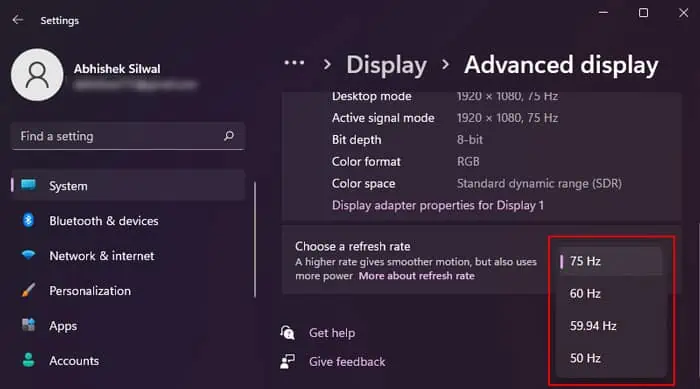
Check Refresh Rate
All screens have a maximum supportingrefresh rate. If your current refresh rate is at max, it can cause some flickers, especially if you have enabledadaptive syncing technologyin your graphics configuration. On the other hand, setting a much lower resolution can also cause similar problems.
These issues are very common while playing games, but they can also occur at other times. If it’s only in a game, try changing the graphics settings related to refresh rates, like Supersampling or Variable Refresh Rate.

For other cases, or if making these changes doesn’t help, try changing the refresh rate.
You can also disable Adaptive Sync or FreeSync or G-Sync altogether in such cases.
Run Windows Memory Diagnostic
The RAM temporarily stores a lot of graphics information before sending it to the GPU. This is especially true if you only have an integrated GPU, as these lack dedicated Video Memory (VRAM).
Also, since the integrated GPU is responsible for the normal display, it uses your RAM to store the graphics assets. As such, if your RAM is not working properly, you’re able to experience various types of display issues.
It’s best to check the RAM whenever your screen starts flickering. You canuse the Windows Memory Diagnostic appfor this purpose.
If you see any error, your RAM stick or slot might be damaged. First, open the laptop hardware and tryreinserting the RAM into its slotin case the connection is loose. Then, if the laptop still shows flickers, switch the RAM to the other slot. If you have more than one RAM, try only using one stick at a time and run the test again.
After narrowing down which component is damaged, you need to replace or repair it. Try seeking help from a hardware specialist if you need to repair the slot.
Check Display Connections and Panel
Display issues in the BIOS but not in external monitors represent display hardware issues. You need to check the connections as well as the screen panel in such cases.
I recommend checking out mytutorial on fixing a broken Dell laptop screento know how to open the display and access the internal components. Then, you can reconnect the connections on the screen or replace the panel using the instructions in that article.
If you still can’t resolve your issue, chances are that your GPU or display controller is not working properly. Since this hardware is integrated with the laptop, you need to take it to a hardware specialist or the Dell support centers and see if they can do anything about it.